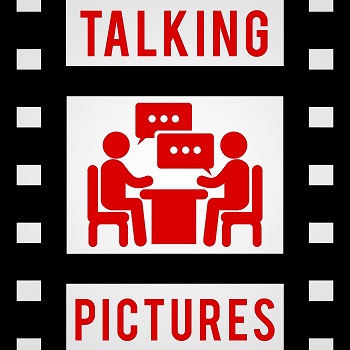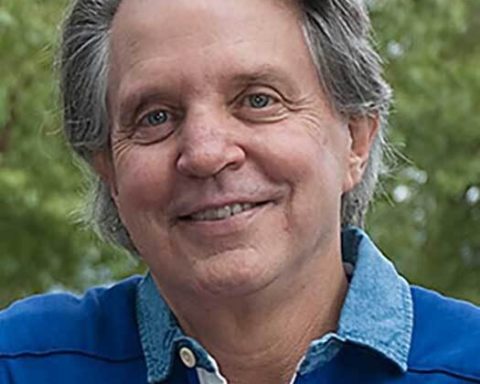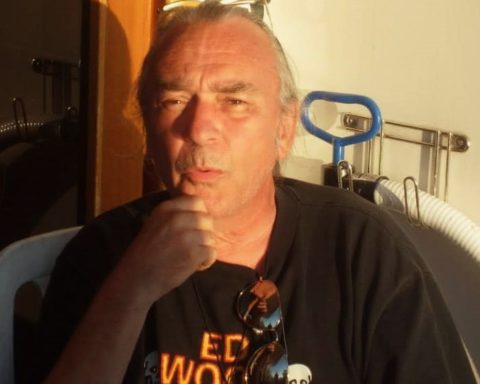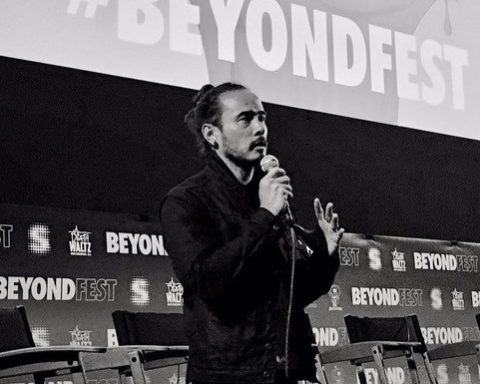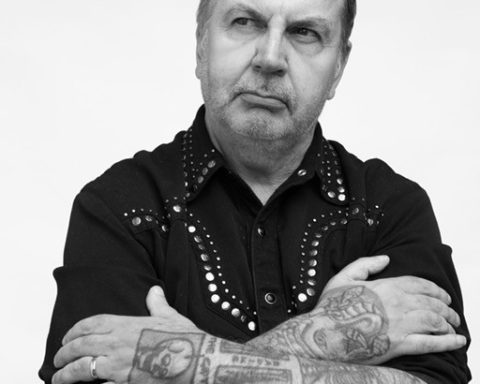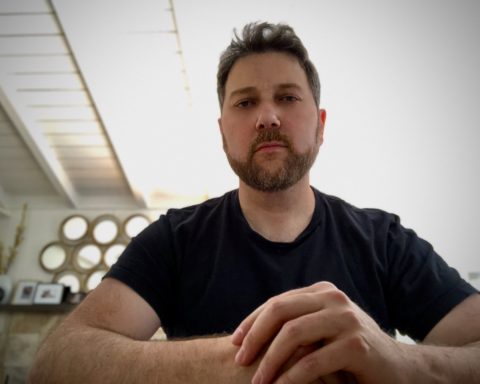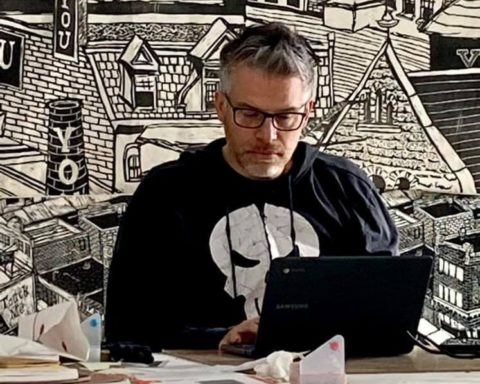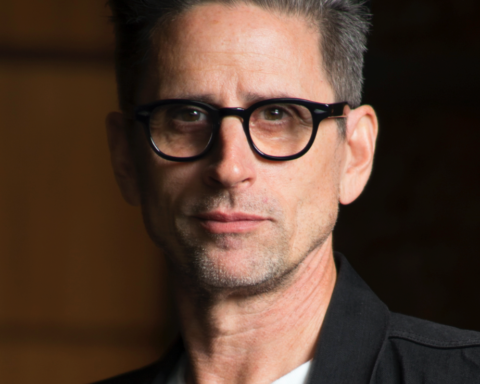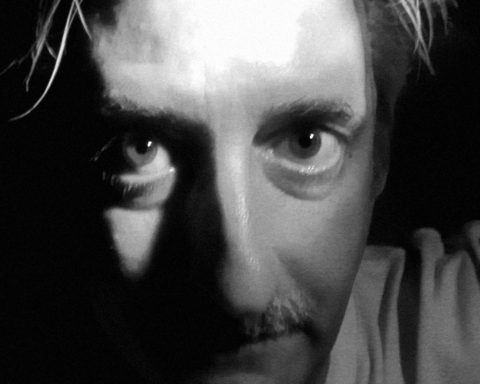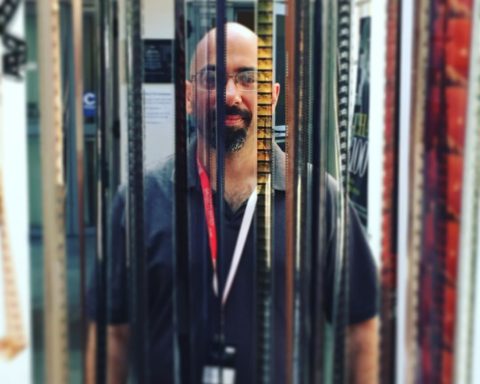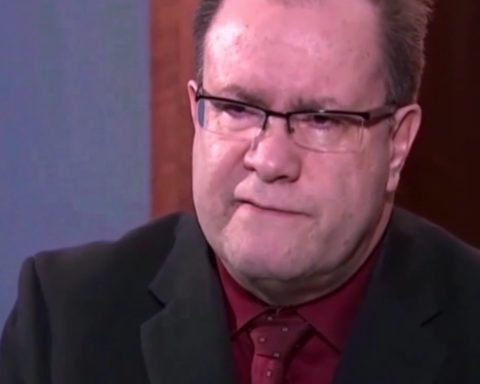Today’s guest is Mike Curb, best known as the head of the independent record label Curb Records, which started out in 1964 as Sidewalk Records and is still going strong in 2025. Over the years, Curb have released records like the best-selling COYOTE UGLY soundtrack album and music by Gloria Gaynor, Willie Nelson, Bananarama, The Four Seasons, LeAnn Rimes, Sixpence None the Richer and many other great artists. Mike Curb has also served as the lieutenant governor of California from 1979 to 1983, he’s owned a NASCAR team, he renovated a house owned by Elvis Presley, he supports many charity
MoreToday’s guest is Bob Blackburn – he’s the son of the famous sportscaster by the same name, Bob Blackburn, who was the play-by-play voice of the Seattle SuperSonics of the NBA and was inducted into the Sports Halls of Fame in both Oregon and Washington. Bob, the son, also has a background in radio, but the reason I’m talking to him today is the book he just released: KATHY WOOD & I – HOW I FELL DOWN THE ED WOOD JR. ANGORA RABBIT HOLE. Bob, you see, is the custodian of the estate of the independent filmmaker Ed Wood –
MoreToday’s guest is screenwriter Dave Callaham, and our conversation revolves around one of his early screenwriting assignments: the adaptation of the influential video game DOOM by id Software, turned into an action movie starring The Rock in 2005. Dave quickly became an in-demand writer in Hollywood, and his credits include a ton of high-profile action movies and blockbusters – he wrote the initial script of what would then became Sylvester Stallone’s THE EXPENDABLES, he worked on films like GODZILLA and ZOMBIELAND: DOUBLE TAP, he was a screenwriter on big comic book movies like WONDER WOMAN 1984, SHANG-CHI AND THE LEGEND
MoreToday’s guest is Irish filmmaker Enda McCallion, and our interview was prompted by his involvement in the 2005 horror film DOOM starring The Rock, an adaptation of the influential video game by id Software. Enda was attached to the project in its initial stages and during pre-production, but was then fired and replaced by Andzrej Bartkowiak as the new director. Here, for maybe for the first time, Enda talks about his experience developing DOOM and explains what happened during pre-production, and he also gives us a glimpse of what his version of DOOM would have looked like and what remains
MoreToday’s guest is filmmaker Tony Giglio, and our conversation revolves around his 2019 film DOOM: ANNIHILATION which he wrote and directed. Unlike the 2005 DOOM movie starring The Rock, this newer adaptation of the infamous and influential ego shooter video game by id Software was made on a very small budget, and it’s not a sequel or remake, but basically a new take on the story of a marines team fighting a horde of demons which infiltrated a space station on Phobos, one of the moons of Mars. DOOM: ANNIHILATION is a well-made, fun action film which finds a good
MoreToday’s guest is Ron Bonk, best known as the owner of the New York-based underground production and distribution company SRS Cinema. Ron started out as a filmmaker in the shot-on-video world of the 1990’s, writing and directing low-budget genre films like CITY OF THE VAMPIRES and THE VICIOUS SWEET. He went on to direct several independent horror films like CLAY, MS. CANNIBAL HOLOCAUST or the tongue-in-cheek HOUSE SHARK. With SRS Cinema, he’s produced and distributed numerous other films with splendid titles such as AMITYVILLE BIGFOOT, PUPPET SHARK or COCAINE CRABS FROM OUTER SPACE. Our conversation revolves around a found footage
MoreToday’s guest is Dean Alioto, writer and director of the groundbreaking found footage horror film UFO ABDUCTION, which also became known as THE MCPHERSON TAPE. The film tells the story of a family whose house is surrounded by alien creatures one night, and while the panicked people inside the house become more and more frightened and try to deal with the situation, a family members records the entire event with a 1980’s-style home video camera. Dean made the film on a shoestring budget in 1989 while he was in his mid-Twenties, and while there have been several found footage and
MoreToday’s guest is Ted Nicolaou, best known for his many collaborations with producer Charles Band, including the popular SUBSPECIES series. Ted started out as a sound recordist on Tobe Hooper’s cult classic THE TEXAS CHAIN SAW MASSACRE and then went into editing, working on films like ROAR, TRANCERS and GHOULIES. As a director, and ofentimes as a writer, too, he made films like the offbeat horror comedy TERRORVISION, charming fantasy movies for children like DRAGONWORLD or LEAPIN’ LEPRECHAUNS, and, of course, the aforementioned SUBSPECIES films – a series of vampire horror films which made perfect use of their impressive Romanian
MoreToday’s guest is Stefan Avalos, who was once profiled by Wired magazine as “one of the twenty five people helping to reinvent entertainment”. Together with Lance Weiler, he wrote, produced, directed and starred in the found footage thriller THE LAST BROADCAST, a film which they also shot, edited and scored themselves – and which became the first feature film that was released digitally in commercial cinemas in 1998. The film is a true crime documentary about the two hosts of a cable access show called Fact or Fiction who disappear in search of the mythical Jersey Devil creature. A strange
MoreToday’s guest is Brian Leslie, producer of the found footage horror film THE BLACK DOOR, which came out in 2001 on the heels of the success of the genre-defining THE BLAIR WITCH PROJECT. THE BLACK DOOR was directed by Kit Wong, and Brian Leslie was brought on board by his production partner Lucas Lowe. Lowe, best known as the director of martial arts action films like KING OF THE KICKBOXERS and AMERICAN SHAOLIN, had worked with Brian on a horror/mystery anthology series which was originally called THE LEGENDS OF THE BUSHWALKER and was then renamed DIARIES OF DARKNESS, with Lowe
More